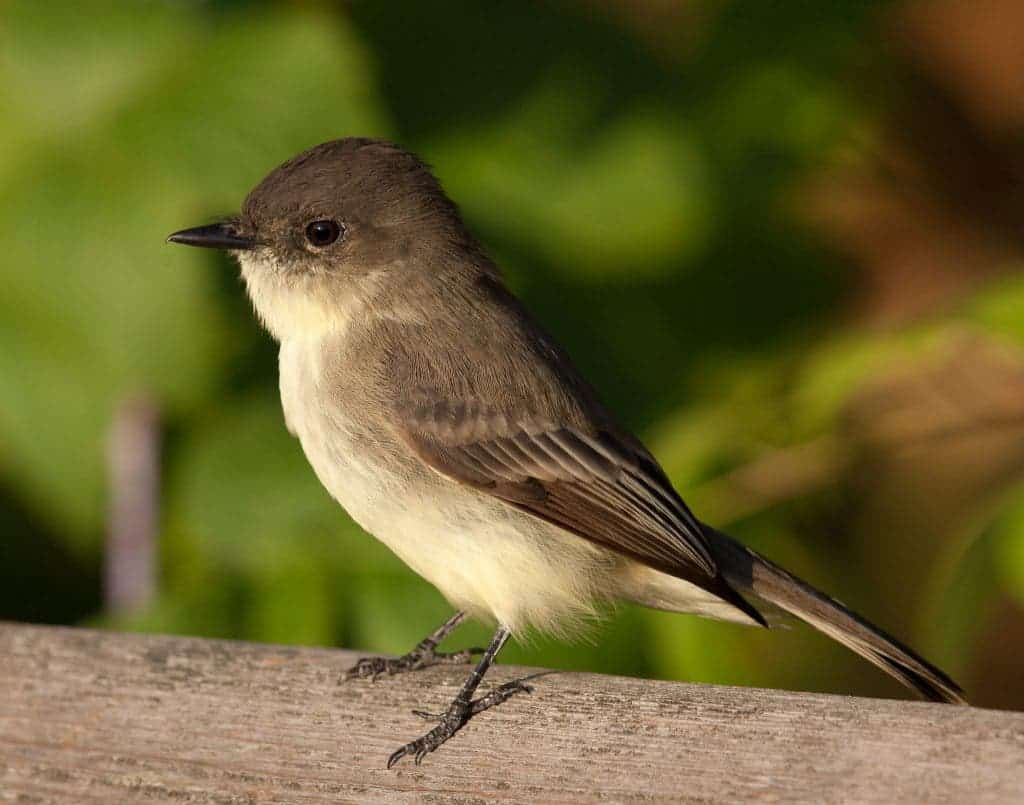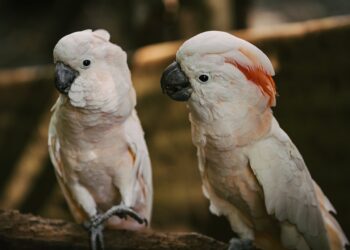As anyone who’s moved from the countryside to the city can testify, the transition isn’t easy. Moving from the rural to the urban areas brings along many lifestyle changes, not only for humans but also for birds. A new study found that birds living in urban environments are better at solving problems than their urban counterparts.

It’s the first ever study comparing the cognitive differences between urban and rural birds, and it comes with some very interesting results – both in terms of cognitive abilities and in terms of help.
“We found that not only were birds from urbanized areas better at innovative problem-solving tasks than bullfinches from rural environments, but that surprisingly urban birds also had a better immunity than rural birds,” says Jean-Nicolas Audet, a Ph.D student in the Department of Biology and first author of the study published in the journal Behavioral Ecology.
Researchers tasked the birds with opening drawers to access food and other similar problems. They employed both associative learning tasks as well as innovative problem-solving tasks. Innovativeness is considered to be useful in the “real life” of animals in the wild, more so than associative learning. Probably because the urban environment has so much variance and poses so many challenges to birds, they become much better at solving problems. To make it even more impressive, there were no observable drawbacks associated with urban birds.
“Since urban birds were better at problem-solving, we expected that there would be a trade-off and that the immunity would be lower, just because we assumed that you can’t be good at everything’ (in fact, both traits are costly). It seems that in this case, the urban birds have it all”.
The study was carried on in the Caribbean island of Barbados, where there are many developed areas close to untouched, pristine areas – ideal conditions for this type of study. It would be nice to see it replicated in some different parts of the world.
“The island of Barbados shows a strong range of human settlement, there are some very developed areas but also mostly left untouched, thus providing an excellent environment to study the effects of urbanization”, adds Audet.






